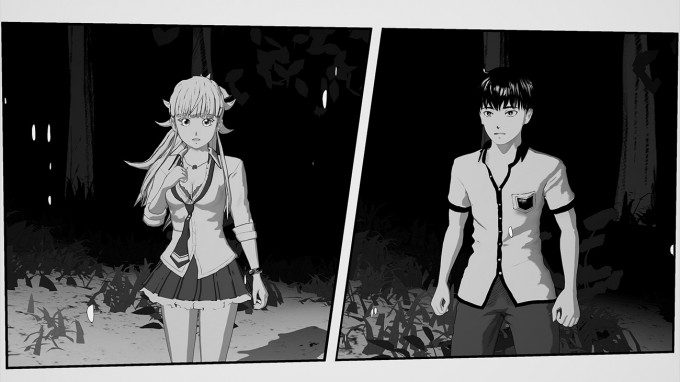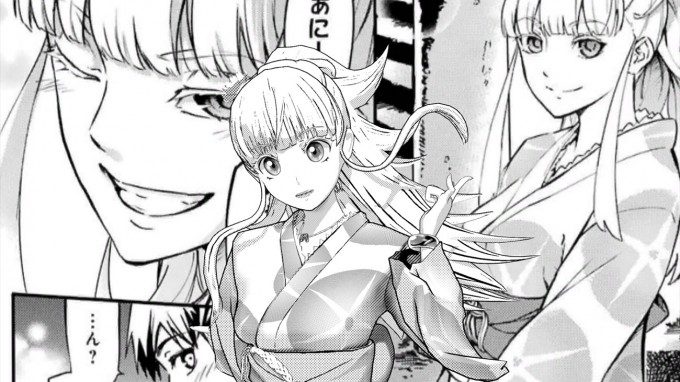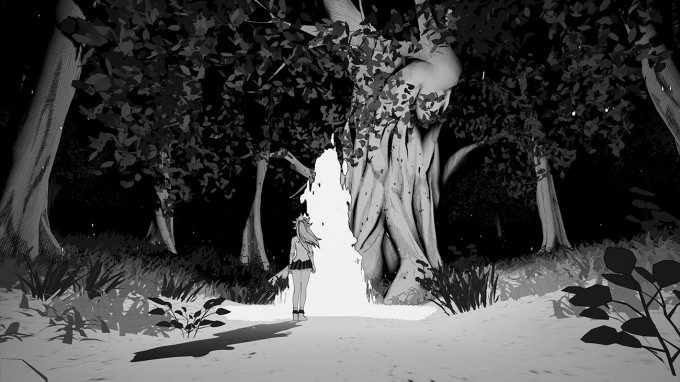By now, there have been many attempts at storytelling in VR that have been inspired by various traditional forms of entertainment, such as film or animation, but with Project Hikari the Square Enix Advanced Technology Division is pioneering the concept of what it would be like to adapt existing manga into immersive VR experiences. I was able to try an early demo of it at Oculus Connect 3 using Oculus Touch.
While I could point out some potential technical flaws or glitches, overall the experience was something innovative and promising that I haven’t quite seen in VR yet. The experience featured Japanese voice acting like in anime, but most importantly, the use of real hand-drawn manga panels that would float around you and change in shape, and size, as well as panels that would literally suck you into them, transporting you fully into the manga with a fully modeled 3D world, not unlike the moment in Minecraft VR where you jump through the virtual living room TV into the Minecraft world.

The panels however were not all 3D, as they used a combination of both 3D and 2D art to achieve a hybrid of old and new techniques. When it was 3D, though, it felt like simply windows or portals that you were peering through, and it was all black, white, and cel shaded to stay true to the traditional manga style.

But the contrasting 2D and 3D was, perhaps, where one could see the potential pain points to such a translation from old medium to a new. The manga that the experience is based on, Tales of Wedding Rings, has a hand drawn art style, one that would be hard to capture with regularly modeled 3D bodies and faces. Looking at it in the headset, the characters in the 3D art indeed didn’t quite feel the same as their drawn counterparts to me, even though they had a unique shading effect. There’s a little dissonance when you see Satou, the main character, saying something in his animated virtual form, and then seeing him suddenly in his still 2D form, in a flat panel, physically right beside the panel or virtual space where he stays in his 3D form.

Other small bugs or distractions kept me from getting fully immersed in the story as well, like how sometimes the subtitles would intersect with things in the virtual space (granted, this is a prototype experience), though you could actually use one of the Touch controllers to position where you wanted some of the panels to be in space. Some of the movement they did to the panels and virtual spaces in the experience also were enough to make me feel off balance at certain times (likely because much of the surrounding environment was pure white, leaving few static visual references), and while I don’t usually get motion sick, I could see how someone could without further adjustments to the experience.
The black and white style of everything was not something I was used to, and it felt a bit odd, though not necessarily uncomfortable, to be in such a world. Unlike with manga, which somewhat relies on your imagination to immerse you in the story, with VR, you’re directly living in it, so it would be like if you made yourself colorblind, rather than reading a comic where everything is more symbolically represented. Stylistically, I can still appreciate their dedication to crafting the experience of putting you into the physical space of a manga.
Despite those quirks, as a concept demonstration, Project Hikari definitely shows promise and a look into what future storytelling experiences that don’t just rely on one form of media representation—be it fully immersive VR or 2D—could behave like. And it does unique things like full black and white scenes, and panels that morph and move around, allowing for a flexible palette of ways to convey the story. The future of manga, anime, and other Japanese content in VR is yet to be fully defined, but experiments like this one by the R&D team at Square Enix are a promising glimpse.






